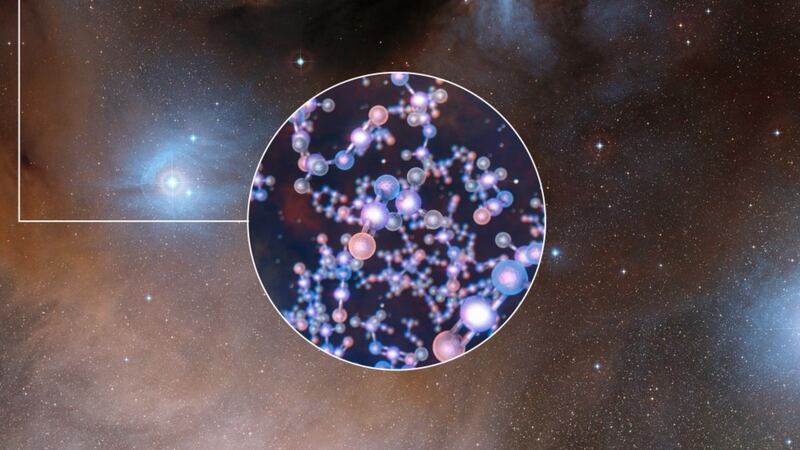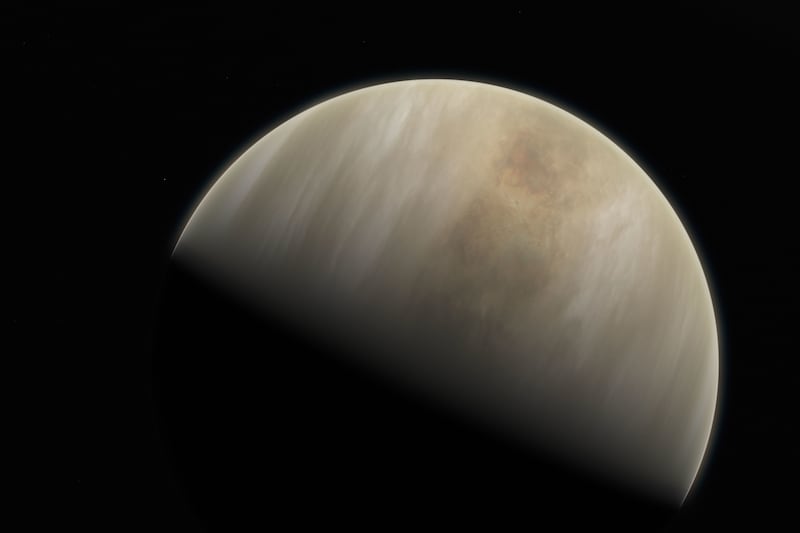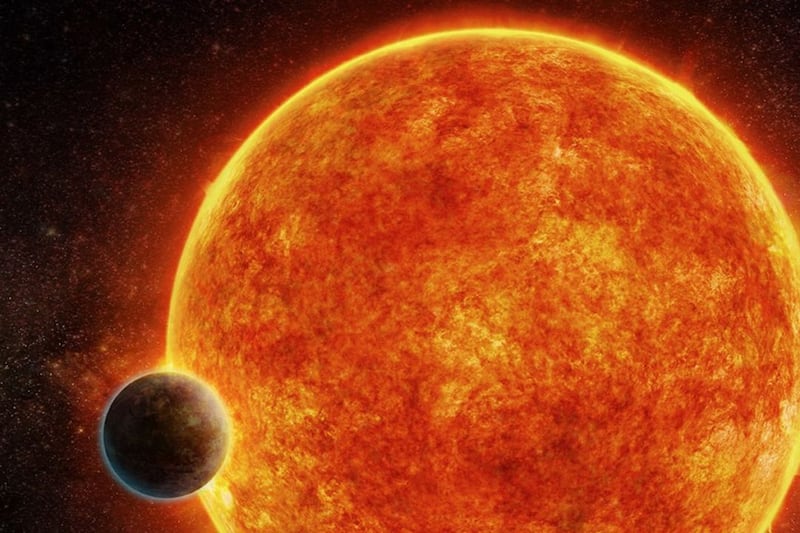Astronomers have detected traces of a chemical compound while observing the formation of stars and they believe it could offer clues as to how life originated on Earth.
Using the Atacama Large Millimeter/submillimeter Array (Alma) telescopes in Chile, scientists found prebiotic molecules of methyl isocyanate – one of the key ingredient of life – in protostars, which are huge balls of gas from which stars form.
Two teams of astronomers were tasked to observe the molecule – which was done by analysing the light from the stars.
Using Alma’s data, they were able to work out the chemical complexity of a group of very young stars called the IRAS 16293-2422, which is around 400 light-years away.
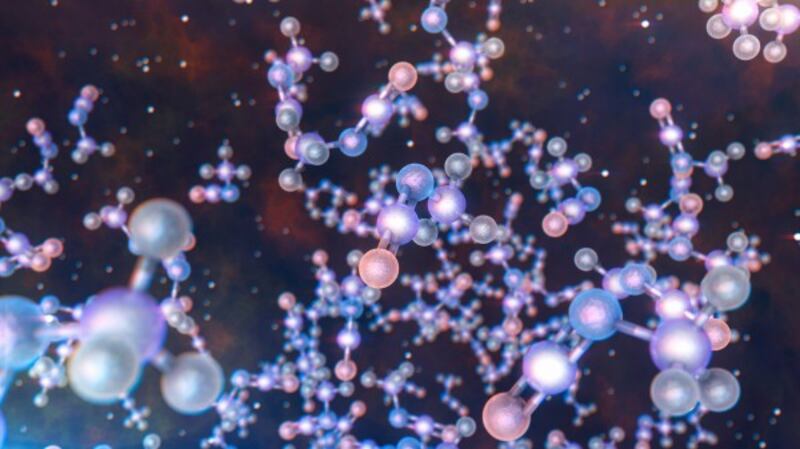
The system was previously studied by Alma in 2012, and back then, scientists found molecules of glycolaldehyde, a simple sugar called which is also another ingredient necessary for life.
“This star system seems to keep on giving!” said Niels Ligterink from the Leiden Observatory in the Netherlands. “Following the discovery of sugars, we’ve now found methyl isocyanate.
“This family of organic molecules is involved in the synthesis of peptides and amino acids, which, in the form of proteins, are the biological basis for life as we know it.”
Earth and the other planets in our solar system formed from the material that was left over after the formation of our Sun from its own protostar.
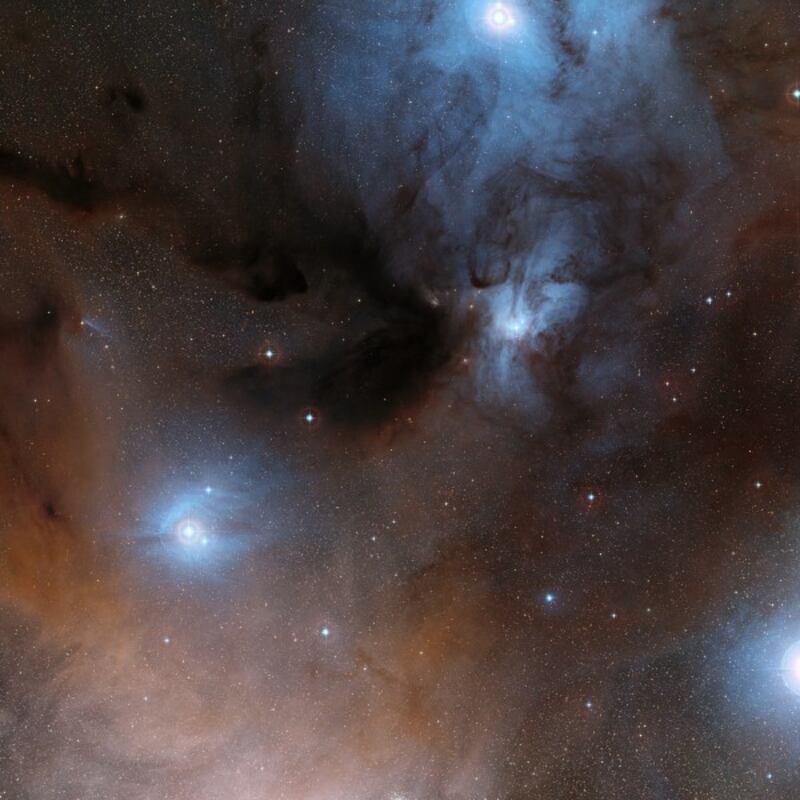
Astronomers believe observing other early Sun-like stars could show us the conditions similar the formation of our own solar system more than 4.5 billion years ago.
They say the latest discovery could also help us understand how life first came about on Earth.
“Besides detecting molecules we also want to understand how they are formed,” Ligterink added.
“Our laboratory experiments show that methyl isocyanate can indeed be produced on icy particles under very cold conditions that are similar to those in interstellar space.
“This implies that this molecule – and thus the basis for peptide bonds – is indeed likely to be present near most new young solar-type stars.”
The research is published in the journal Monthly Notices of the Royal Astronomical Society.
